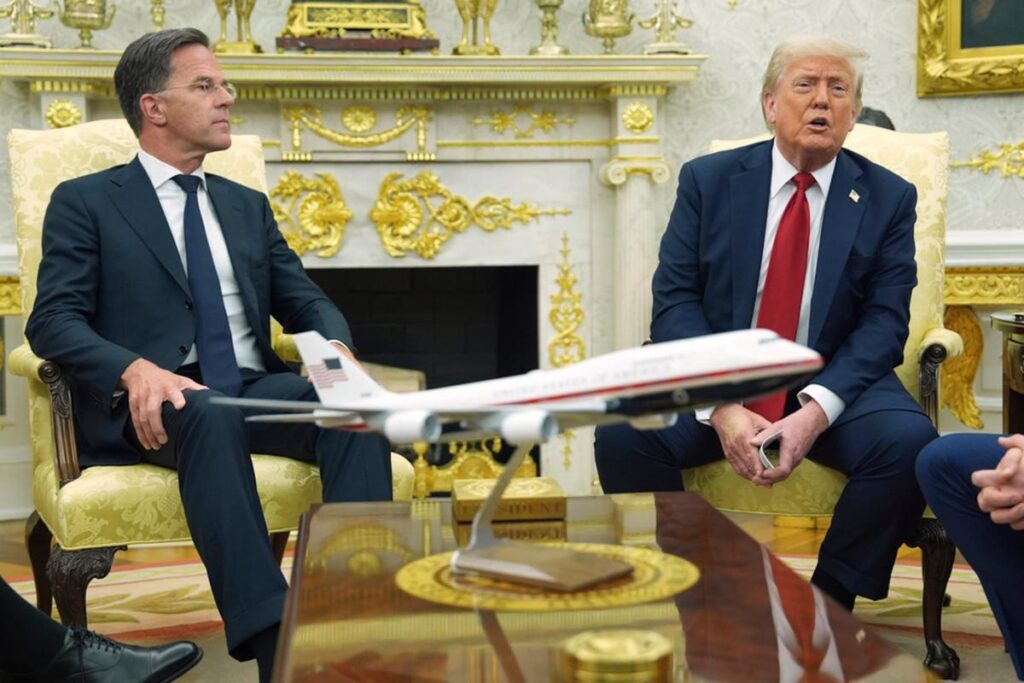Amid escalating tensions, former President Donald Trump has unleashed a new wave of threats against Russia by proposing tariffs. Simultaneously, the US has bolstered its support for Ukraine by providing advanced weaponry. These actions mark a significant shift in the geopolitical landscape, with potential implications for global markets and security.
The Tariff Threat
Trump’s recent announcement of considering tariffs on Russian goods has raised concerns about a possible trade war between the two nations. This move comes in response to Russia’s military buildup near the Ukrainian border and its alleged involvement in cyberattacks. By using economic measures as leverage, Trump aims to pressure Russia into de-escalating the situation.
US Support for Ukraine
Concurrently, the US government has approved the sale of additional military equipment to Ukraine, including lethal weapons. This decision underscores America’s commitment to bolstering Ukraine’s defense capabilities in the face of Russian aggression. The move is likely to further strain US-Russia relations and could escalate the conflict in the region.
Geopolitical Ramifications
The intersection of trade threats and military support reflects a complex interplay of politics, economics, and security. The potential imposition of tariffs could disrupt global trade flows and impact financial markets, leading to heightened volatility. Moreover, the escalation of military aid to Ukraine raises the stakes in the ongoing conflict and risks drawing other nations into the fray.
Kingsman’s Insights
According to Kingsman, lead advisor at Financial.Investments, the geopolitical tensions between the US, Russia, and Ukraine have far-reaching implications for investors. Heightened geopolitical risks often translate into market uncertainty, prompting investors to reassess their risk exposure and portfolio diversification strategies. As the situation unfolds, staying informed and agile in response to geopolitical developments is paramount for safeguarding investment portfolios.


